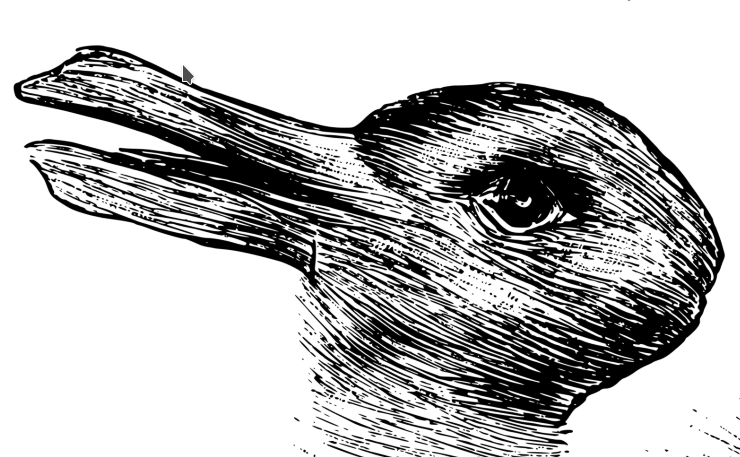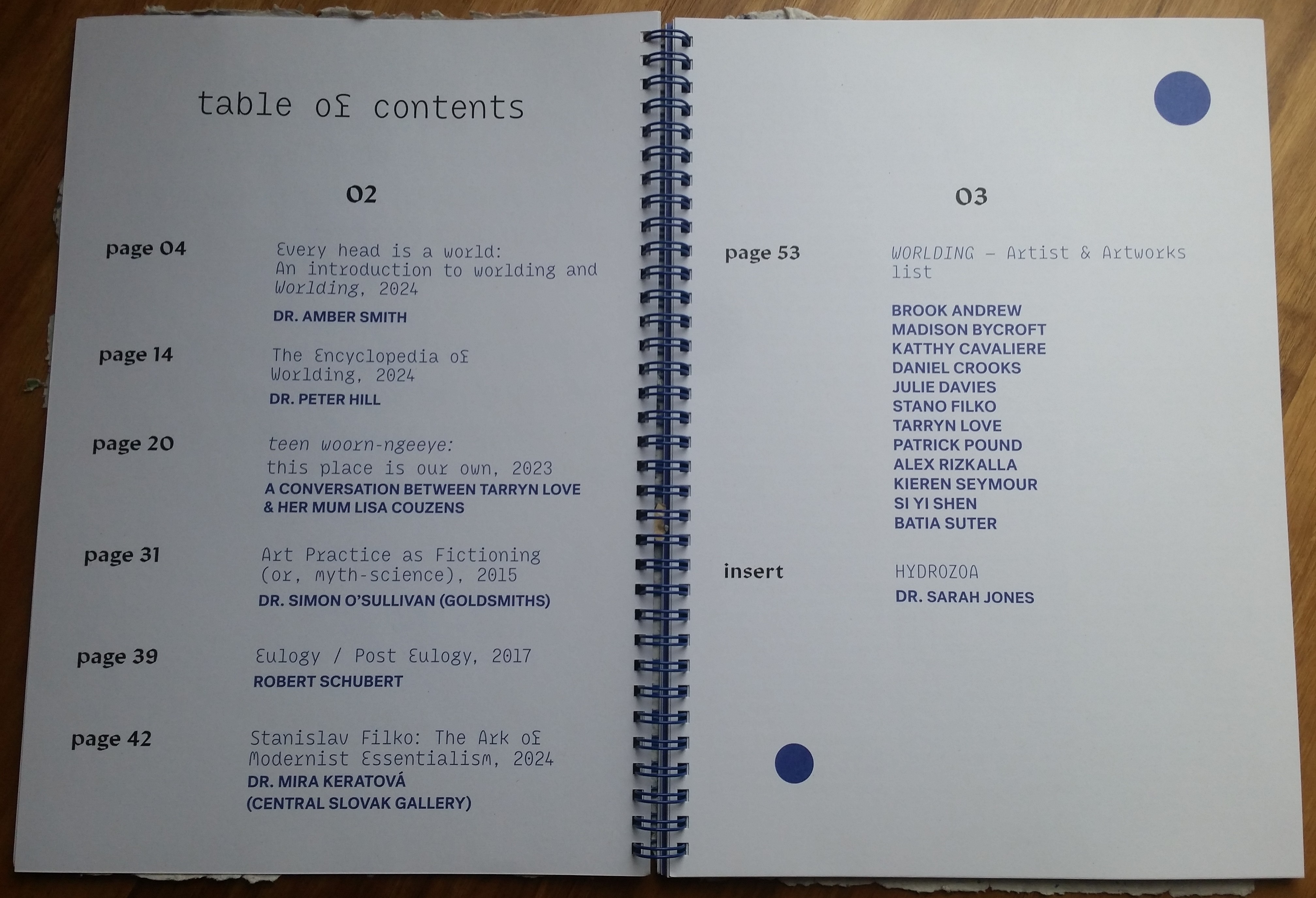
worlding on home from geelong July 2024 – the odd word — part 3
The importance of an exhibition as a event is all very well, but as Gilbert & George are often want to say, it is the postcards or the posters or even the catalogue that people take back to their homes, they argued that these takeaways have an important democratic character. I would add because they go out into the world. Whereas the art itself disappears into storage, regardless of whether it is bought or not. People’s homes are the biggest part of the world.
Putting aside the question of merch salesmanship— for a bit —I tend to agree.
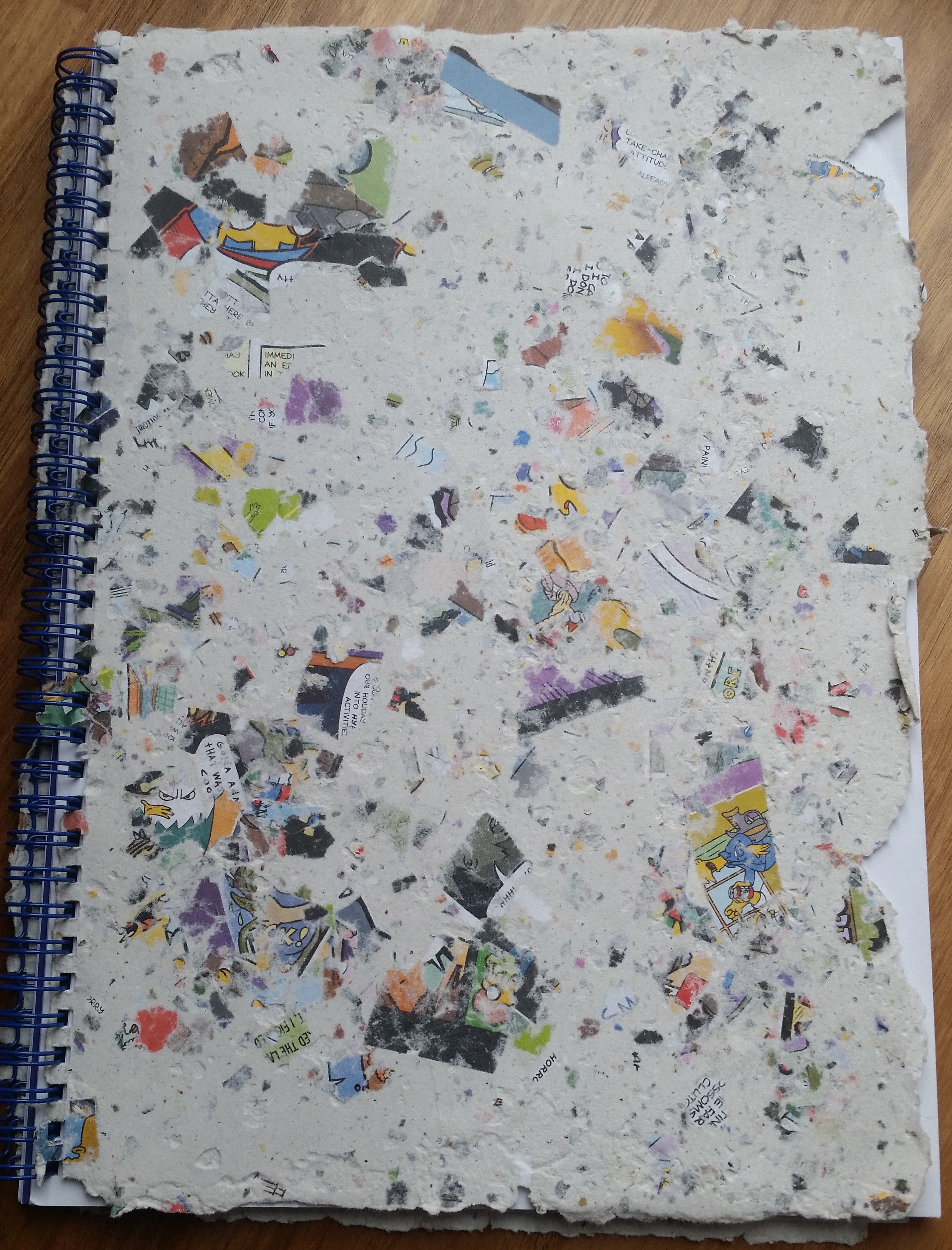
I was, in the end, fortunate, to get to see the Worlding exhibition in July 2024 at Platform Arts in djilong/Geelong. This was the week before it finished, my grand plans of interviews were put aside. I missed some arty chats. I’ve already written on Amber Smith’s doctoral thesis and an exhibition walk through, so this is part three and it considers the supporting ‘documentation’.
This comprised a spiral bound set of essays with recycled pulp speckly covers.
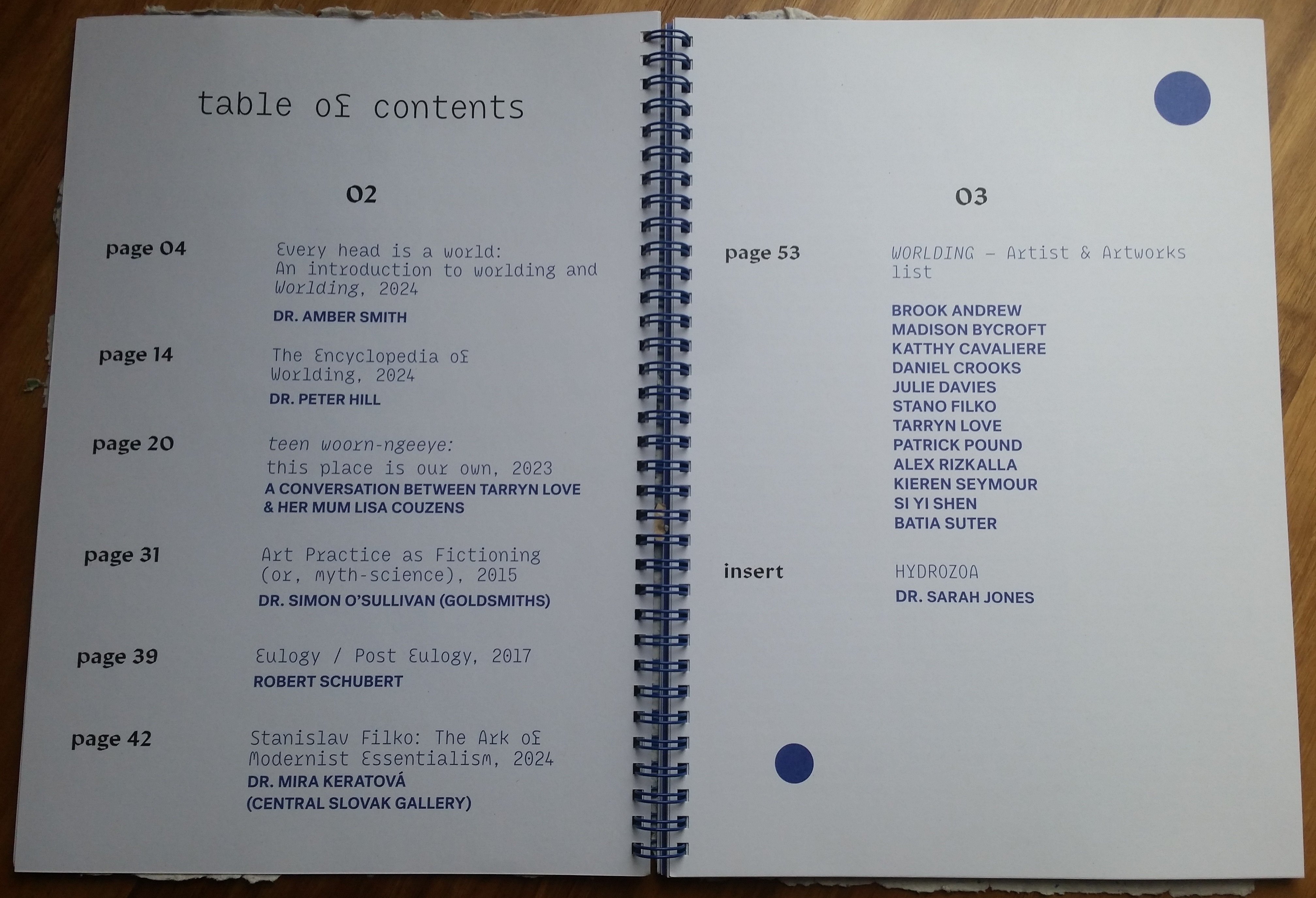
Amber Smith, editor. Worlding. Geelong/djilang: Platform Arts, 2024.
The most important part of these writings, for my own worlding project, is that some of the artside worlding is covered and I can focus on other areas. It is a fine arts document so this is to be expected. [There is acknowledgement and use of writing from science fiction and fantasy, this is the usual suspects in a way, of what one is suppose to be aware of. I need more than this but I cannot expect it of this product.]
I was aware of Peter Hill and superfictions but I am pretty sure I had forgotten it, or at least, it’s gestalt was moribund in my tiny brain. We had no doubt been in the same rooms and spaces in Hobart in the 90s. [There was a phase into the 80s where metafiction was a phase of consideration, I may have lumped it into that.] I do not have an arts practice that uses any discourse that might be available by actual university attendance as I was never a fine arts student. Though I did work as a life model at UTAS back then. I guess I've been infected.
Yes, children, there was a time when words like ‘meta’ as well as ‘mindfulness’ had not been ruined by empire-builders.
I really like the term ‘unworlding’¹ Amber Smith uses in reference to Kieren Seymour and Stano Filko. I’ll take that home and put that in my collection of things. I’ll use it in reference to the doctrinal aspect of world-building. This will be either used:
- positively, where it deconstructs (suspends) the haste of doubling-down (intensifying) a worlding thing (practice/concept) into a dogma or over-ordered attachement/Belief,
- or negatively, where such intensified things (dogmas/narcissisms) destroy the world they over-order into actual chaos.
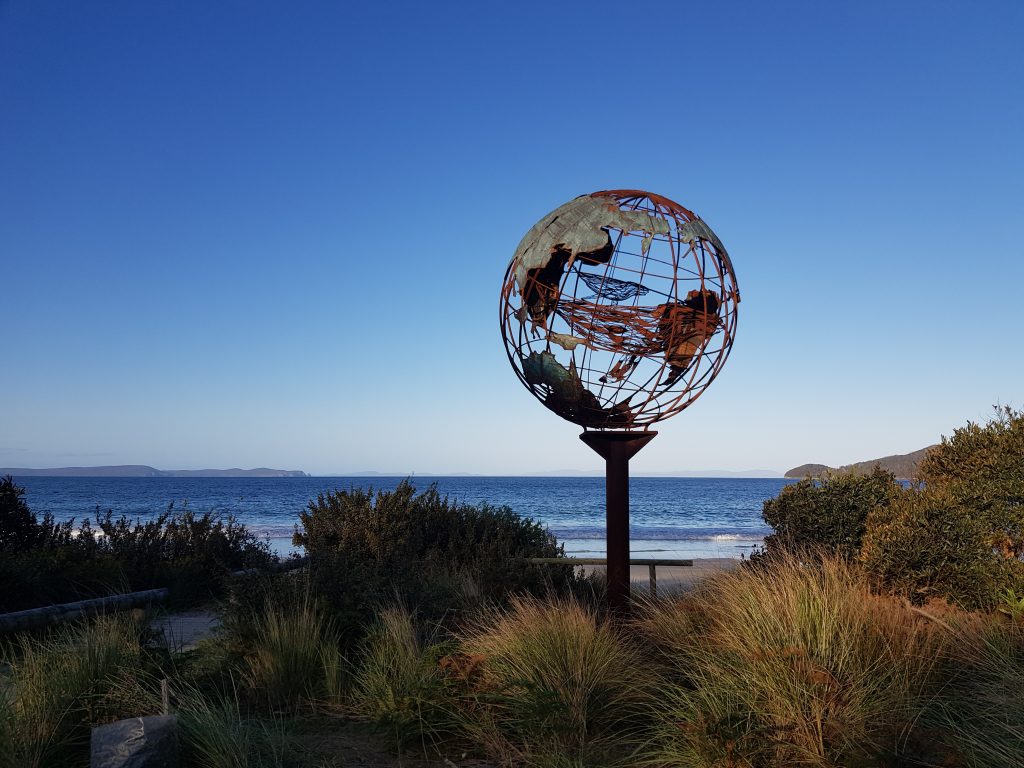
[I spent the last years of the 00s learning to pour bronze as assistant to Matthew Carney]
It is easy for any term used in the art world and its ill-seperated great houses of auction room, gallery and academic grove, to become trapped there, sometimes jittering between the three great houses.
There have been many attempts at break-out including the Gilbert & George I shashayed in with above (maybe merch is democractic?), and we could quote Beuys’ attributed statement that “everyone is an artist” but even big name block-buster style names like Matthew Barney can quote him as an influence, but where does that get anyone?
No. I am not an outsider. But worlding is bigger than art. Or literature.
It is the world.
My exposure to the art world is ever-present: those democratic prints of van Gogh in my grandmothers house, or as a friend of art students graduating into practice, or their careering into academia. More recently my exposure to the art world is working as a art museum front-of-house bod, a small time bit of art labouring for big name artists who may appear a day before the opening to run their eye over it and catch-up with their team, and dealing with ex-gallerists and auction house personalities.
What I wish to add to this discussion is that worlding is what we do when we live. To live is to world. To live the body is to world the world.
Whatever the art world and its influence in a modern economy for good or ill, revolution or stability, it is always the humblest part of our day. At least when we world well. Boring is good. And by we I mean all of us together, not each alone, and not all as one.
I, in my worlding project, on worlding, here and elsewhere, will focus on those elements in worlding which arrives with us from evolutionary efforts and their taphonomy.
And less by way of theory (no quotes) e.g. Deleuze and Guatarri, or the art world, there is no need for me to do this. (Deleuze’s Bergsonism is an old influence where I use the word composition, but so are other people²).
Simon o’Sullivan suggests ‘myth-science’³ as a taking off point in this regard, but I came to the word worlding beause it can unite that which has been unblurred by economic success and attendant increases in social complexity. ‘Worlding’ is good because it is a near-familiar word. Simon O’Sullivan’s ‘Myth-science’ is not as good1. Still, the new usage of the verbing noun 'worlding' or 'to world' could be hard to get across, if only because ‘world’ is a familiar noun. But ‘myth-science’ is not an easier usage to win favour for. Worlding also includes more.
The main trick then will be, to leverage off the idea of the cocoon as the extended phenotype from evolutionary discourse. It’s not the body of the organism, but made by the body, and kept close. Then we can see that extension can/could/shold interact much like a body does. The body itself becomes a landscape for parasites and biomes the trophic layers blur an animal's sensibilities. — on their backs to bite 'em, and so ad infinitum… umwelten um umwelten.
Country is/are the/a multi-dimension/s of infinities of interaction. Being on country is to world. To world is to live that complexity. However, to empire is to expand one point of view which shrinks everything down into the one except the borders, even as the centre forgets what boundaries are.
The next step after this trick, is to realise that the physical ‘cocoon’ can be provided by the parent’s body. The mammalian womb being the most internalised version. At birth, letting go begins, yes, but it also allows a whole new level of cocooning that we call dyad society -- not quite not-me, not-quite me. If a child learns anything it is within the cocoon provided by mothers as a model for parenting. (See Ellen Dissanyake for an example of this approach).
The cocoon itself is a replicant of the moment the proto-cells lifted away from the substrate to become body and landscape. (See Nick Lane for an example of this approach).
In social animals this can ‘expand the ethical circle’, and educative power, of the ‘cocoon’, as it has done in the great apes, but these expanded circles can themselves be re-captured and colonised, as it has in over-hierarchical baboons. In Homo species these social hierachies have been overthrown in the egalitatarian revolution of the paleolithic ( on this see my self-worldingly originary essay on the taphonomy of our evolutionary social background— and ‘moral philosophy’ generally). The coccon has expanded again to create the /hunter|gatherer\ band-life that could negotiate raising children and negotiate who does what & when at an evening meal… across a variety of ecosystems and climates and geographies, providing the very basis for the economy.
At that time:
art=society=religion=rite=routine=performanc=ceremony=meals=meetings=practice=doing=parenting=polity=living=learning=bodying=worlding.
(see my article on Slash-and-blur worldculture on a mental practice of how to do this as a ‘blur’ so the categories do not catch us unawares and trick us into the narcissism of doctrine and dogma.)
The word worlding recapitulates without committing the error or sin of an over-wrought phyllogenous diffrentiation. The word worlding cocoons and educates what ontologies of the church/empire of ‘being’ see as completely seperate things, difference/s with no history, no genealogy and no taphonomy (because power/politics of Truth-Narcissism-Monarchy). These classes and castes then clutter our lives, and can cast us into childless despondency.
These ‘classes’ are outgrowths of the city where we can go our seperate ways, and so we do so, as flaneur or tradie, and the unworlding we live and world in now— lie within a complex economy, and so often our politicians, our bad selves, double-down on what the Buddhist tradition describes as Duḥkha and neo-Pyrrhonists⁴ translate as unbalanced and not ‘suffering’ alone.
I'll probably still write about art worlding and unworlding but feel relaxed… —it does not have to be a focus of mine. Phew.
1 Smith, Amber. ‘Every head is a world: an introduction to worlding and WORLDING’ in Amber Smith, editor. Worlding. Geelong/djilang: Platform Arts, 2024. Print.
2 e.g. Canales, Jimena. The Physicist & the Philosopher: Einstein, Bergson, and the Debate That Changed Our Understanding of Time. New Jersey: Princeton University Press, 2017. Print.
3 O’Sullivan, Simon. ‘Art practice as fictioning (or, myth-science) in n Amber Smith, editor. Worlding. Geelong/djilang: Platform Arts, 2024. Print.
4 See Douglas Bates’ “What the Buddha Knew about Dukkha That We Don’t.” Substack newsletter. Ataraxia or Bust!. N.p., 21 June 2024. Web. 21 June 2024.
References
Doug Bates:—“What the Buddha Knew about Dukkha That We Don’t.” Substack newsletter. Ataraxia or Bust!. N.p., 21 June 2024. Web. 21 June 2024.— Pyrrho’s Way: The Ancient Greek Version of Buddhism. Ottawa, ON Canada: The Sumeru Press Inc., 2020. Print.—“Robert Pirsig, Pyrrho, and the Buddha versus Socrates.” Medium. N.p., 7 Sept. 2022. Web. 23 November 2022.
Canales, Jimena. The Physicist & the Philosopher: Einstein, Bergson, and the Debate That Changed Our Understanding of Time. New Jersey: Princeton University Press, 2017.
Ellen Dissanayake:
— “Aesthetic Experience and Human Evolution.” The Journal of Aesthetics and Art Criticism 41.2 (1982): 145–155. JSTOR. Web.— “Doing Without the Ideology of Art.” New Literary History 42 (2011): 71–79. Print.— Homo Aestheticus Where Art Comes from and Why. N.p., 2010. Print.Gilbert & George. Gilbert & George Talk to the Front of House Staff at Mona for “The Art Exhibition 28 November 2015–28 March 2016.” https://mona.net.au/stuff-to-do/art/gilbert-and-george. Berriedale, Tasmania. [not recorded, about the 27 November 2015]
Nick Lane:
—The Vital Question: Why Is Life the Way It Is? London: Profile Books, 2016. Print— Nick Lane: The Electrical Origins of Life. N.p., 2023. Youtube video.Amber Smith, editor. Worlding. Geelong/djilang: Platform Arts, 2024. Print.
